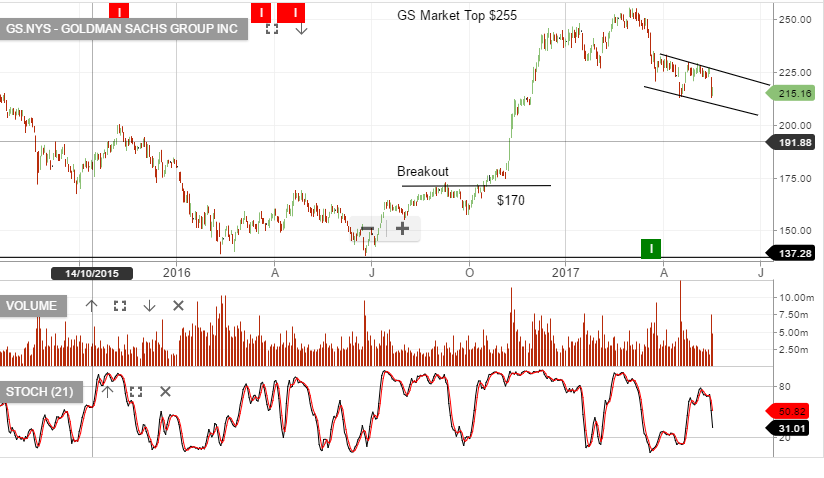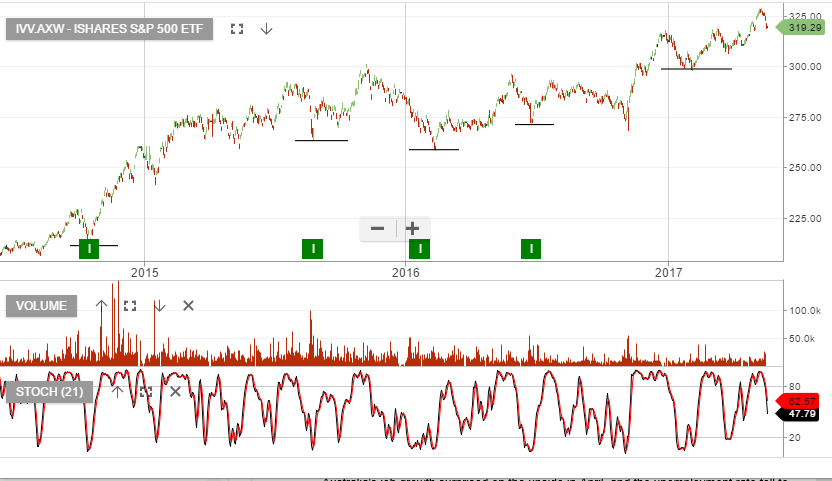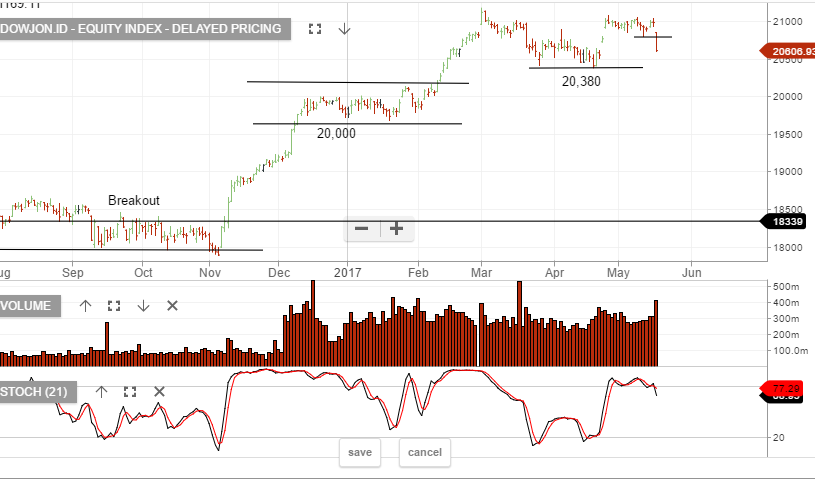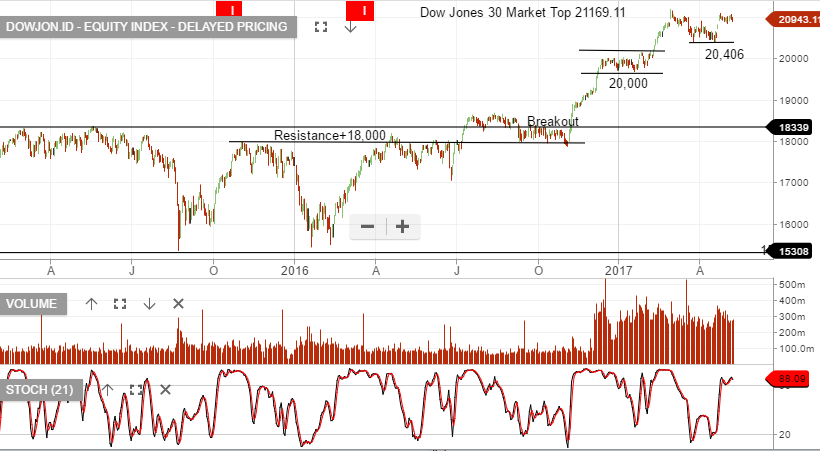Lockheed Hits All-Time Highs On Saudi Deal
Shares of Lockheed Martin (LMT) reached an all-time high of $280.00 as the defence contractor agreed to a deal with Saudi Arabia worth $28 billion.
This deal alone is enough to cover the company’s revenue for over 6 months
LMT is one of the key beneficiaries of a total arms package which will be worth over $350 billion over the next 10 years.
Among other products, the deal includes the sale of 150 Black Hawk helicopters, systems for air defence, tactical aircraft and combat ships.

Lockheed Martin









